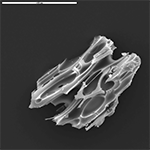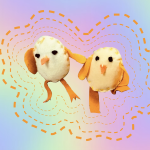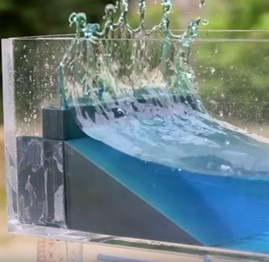Preview

Back in Time
Our world is changing rapidly, but how do we know what the past looked like?
Use a microscope to see and learn to identify a range of fossils, including fossil pollen and insects. These can be used to explore evidence of past habitat change and to think about the impacts of climate change on present environments.
There will also be some mystery fossils that you can guess what they are and what they tell us about environmental change.
Use a microscope to see and learn to identify a range of fossils, including fossil pollen and insects. These can be used to explore evidence of past habitat change and to think about the impacts of climate change on present environments.
There will also be some mystery fossils that you can guess what they are and what they tell us about environmental change.
You may also like

TRI-SoMe Chicken: Feeding your Chicken
What do you need to 'build' a chicken to eat as meat? What has making chicken for meat got to do with resilience - of the UK food system and of individual consumers (human and avia ...Read More
Highfield Campus

Make waves to save our coasts!
Imagine your local seaside town is flooding and the beach is being washed into the sea during storms and high tides. What would you do to help stop this from happening? With climat ...Read More
Highfield Campus
 - v2.jpg)
